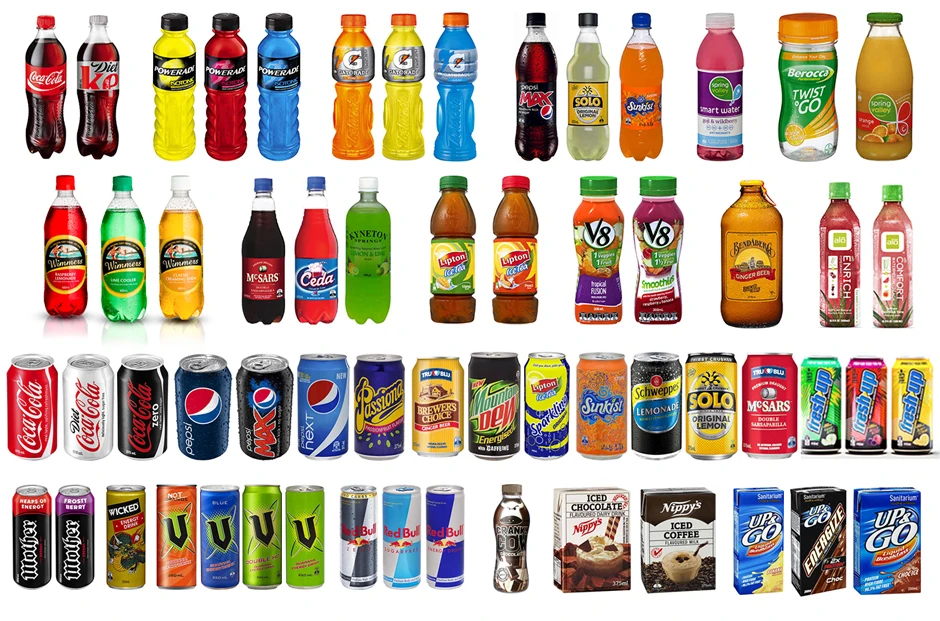
Research shows that sugary drinks are one of the major determinants of obesity and diabetes, and emerging evidence indicates that high consumption of sugary drinks increases the risk for heart disease, the number one killer of men and women around the world..
Reducing our preference for sweet beverages will require concerted action on several levels—from creative food scientists and marketers in the beverage industry, as well as from individual consumers and families, schools and worksites, and state and federal government.
Sugar-sweetened beverages (SSBs) were linked to risks of premature death, particularly death from cardiovascular diseases, according to a Harvard study published on Monday in the journal Circulation.
In the study, researchers analysed data from 80,647 women and 37,716 men, who answered questionnaires about lifestyle factors and health status every two years.
They found that carbonated and non-carbonated soft drinks, fruit drinks, energy drinks, and sports drinks are the single largest source of added sugar in the U.S. diet.
The more SSBs a person drank, the more risks of early death from any cause increased, according to the study.

It showed that, compared with drinking SSBs less than once per month, drinking one to four sugary drinks per month was linked with one per cent increased risk.
Also two to six per week with a six per cent increase; one to two per day with a 14 per cent increase, and two or more per day with a 21 per cent increase.
The increased early death risk was more pronounced among women than among men, according to the study.
Those who drank two or more servings per day of SSBs had a 31 per cent higher risk of early death from cardiovascular diseases.
Each additional serving per day of SSBs was linked with a 10 per cent increased higher risk of cardiovascular disease-related death.
Also, among both men and women, there was a modest link between SSB consumption and early death risk from cancer.
“These findings are consistent with the known adverse effects of high sugar intake on metabolic risk factors.
“And also the strong evidence that drinking SSBs increases the risk of type 2 diabetes, itself a major risk factor for premature death,” said Walter Willett, professor of Epidemiology and Nutrition at Harvard.
Taking action against sugary drinks
Individuals: Make healthy drinking your personal priority.
Start by choosing beverages with few or no calories. Water is the best.
You can also:
Ask food companies to make sugar-reduced beverages, by calling their customer service numbers, or sending them a message on their Web site comment forms.
Ask schools and workplaces to offer filtered water or functioning water fountains.
Ask your individual: Make healthy drinking your personal priority.
local stores, schools, and workplaces to carry 8-ounce or 12-ounce containers of sugary drinks, to make it easier for you to choose a smaller serving.
It is also wise to wean yourself off of artificial sweeteners because of the unanswered questions about the relationship between diet drinks and obesity.
Food shoppers for the family: Don’t stock sugary drinks at home.
Nationwide data show that children and teens drink most of their sugary calories at home, so parents can help kids cut back by not stocking soda, fruit punch, or other sugary drinks in the house, and making them an occasional treat rather than a daily beverage.
Schools and workplaces: Offer students and workers several healthy beverage choices.
Healthy choices for school and workplaces include water and reduced-sugar beverages, as well as single-serving or 12-ounce containers. Schools and workplaces should also make sure that they have functioning water fountains or filtered water available.
Government: Require better labelling on sugary drinks, and scrap sugar subsidies.
The FDA should consider requiring companies to list the number of calories per bottle or can—not per serving—on the front of beverage containers. It should also consider creating a new labelling category for low-sugar beverages.
Under current labelling regulations, a beverage can be marketed as “reduced sugar” if it contains 25 per cent fewer calories than the standard version of that beverage. (62)
A better threshold for low sugar beverages would be 1 gram of sugar per ounce, which is about 70 per cent less sugar than a typical soft drink. Sugar-added beverages with more than 50 calories in an 8-ounce serving should carry a warning label about obesity and diabetes.
No comments:
Post a Comment